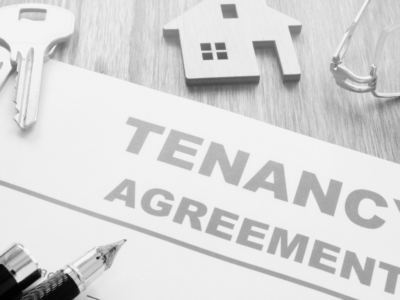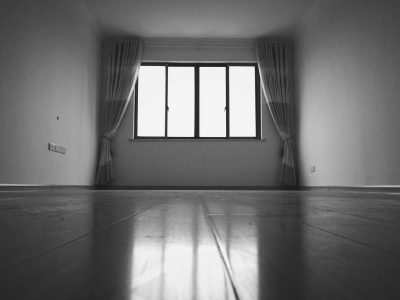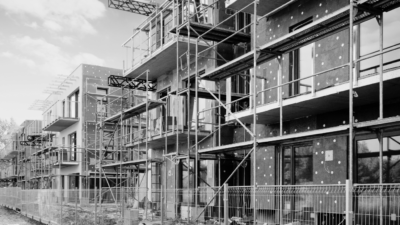The housing story of the past 18 months has been dominated by house prices and transactions. It has been a strange story.
Under economic conditions that would in normal circumstances have led to a slump in housing activity and prices, the opposite occurred, for reasons explained before here.
Record low interest rates, the stamp duty cut, a build-up in so-called involuntary savings and people’s reassessment of what they wanted from “home” added up to a powerful set of factors pushing the market higher.
These forces have not gone away as we move through the autumn and beyond the stamp duty reduction.
The latest Rightmove survey of asking prices showed a 1.8 per cent rise on the month, the best October result for six years.
The survey also showed what the property portal described as a “full house”, the first since March 2007, with asking price records in every region of the country, and in all property market sectors, which it defines as first-time buyers, second-steppers and those at the top of the ladder.
“This ‘full house’ is an extremely rare event,” said Tim Bannister of Rightmove.
“Stock shortages started after the first lockdown, and they look set to continue with the underlying housing market fundamentals remaining strong, and an additional incentive to buy and fix your mortgage interest rate before a widely expected rate rise.
Mortgage interest rates are lower than they have ever been before and lenders are keen to lend in a competitive market, with employment and wage growth also robust.”
Now, too, the superlatives are not confined to the sales market.
This has been the autumn of the return to the office, and for many people to something like normality, though the government is keen to push this further.
It is also the autumn of a revival in the prime central London rental market, according to LonRes.
In a new report it highlights the fact that a dramatic fall ion rental stock in the capital is forcing rents up sharply.
The number of prime London properties available to rent in September was down by two-thirds on a year earlier, it estimates.
September 2020 was an odd time but, compared with the “normal” September 2019, available rental stock was down by more than a third.
Achieved rents over the past 12 months are up by 11.7 per cent, it says, the biggest increase for 10 years.
The discounts offered on rental agreements are down too.
In March average discounts were running at 10 per cent.
In September they were 2.4 per cent.
It has been a rollercoaster ride for London landlords but achieved rents in September were 0.4 per cent higher than in February 2020.
“Those looking to renew a rental agreement or searching for a new property to rent may be in for a shock,” said Marcus Dixon, head of research at LonRes.”
“Tenants are entering a very different market now from those looking even six months ago.
Across prime London stock levels have fallen by almost 69 per cent compared with the same point a year ago.
And this in turn has led rents to rise back to pre-pandemic levels as tenants compete for a place to live.”
Not everybody can aspire to the heady heights of the prime central London market but many of these effects are being echoed nationally, according to the latest RICS (Royal Institution of Chartered Surveyors) residential market survey.
It reported that a net of balance of 62 per cent of respondents reported rising tenant demand. This reading has been strong for four months now, so is no flash in the pan. It compares with a long-run average of 19 per cent. As in the sales market, there is a shortage of supply.
RICS says that the reading on landlord instructions, at minus 21 per cent, continues the negative pattern seen since July 2020.
This supply-demand imbalance is translating into higher rental growth.
In the RICS survey, the balance for near-term rental expectations stands at a very high 55 per cent.
To be clear, this is the difference between surveyors expecting a rise in rents and those expecting. A reading of 55 per cent is high.
Looking across the country, the survey expects a rise in rents nationally of just over 3 per cent over the next 12 months. Across London as a whole, the expectation is 2 per cent.
This is a long way from the bigger increases in prime central London but still represents a significant turnaround compared with just six months ago, when rental expectations for the capital were negative.
The same economic forces apply in the rental market as in sales.
When demand exceeds supply, rents will rise, as in the sales market do prices.
And that is exactly what we are seeing now.






















Comments